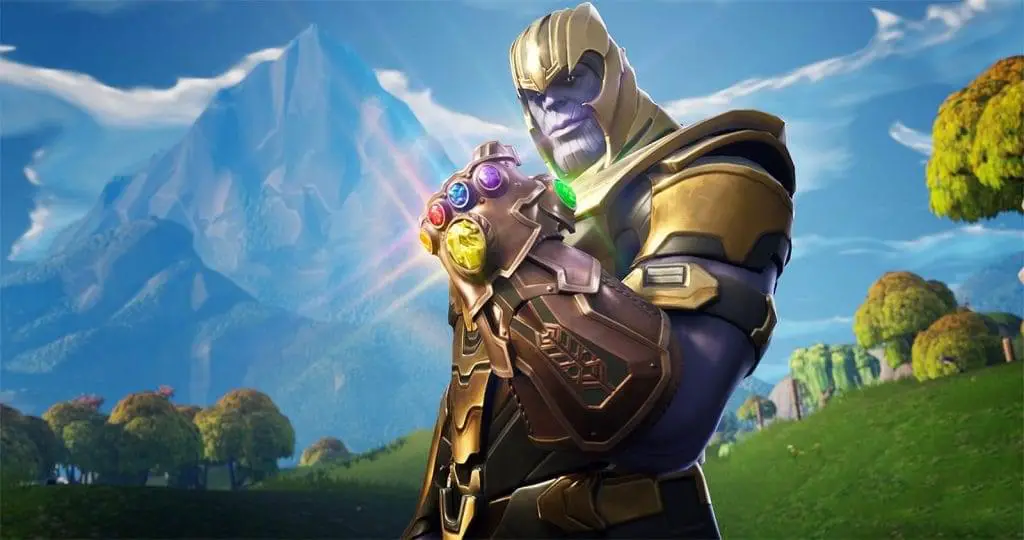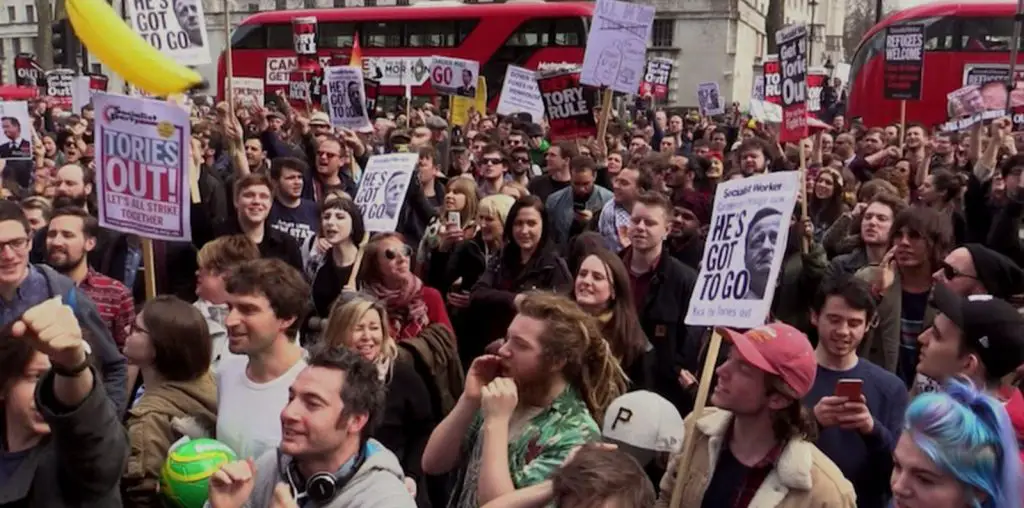
Ang Lee has built quite a respectable movie career in the last ten years in both America and his native Taiwan. As director of Oscar magnets like “Sense and Sensibility” and “The Ice Storm,” each production has built on the prestige of the last. Though the settings and participants have varied widely, each film shares many of the same general themes, an exploration of an individual’s struggle between social obligation and free will. Each film also shared a home in the art-house ghetto, a far more obscure place on the side of the Pacific opposite from the US. A larger, mainstream audience may have appeared attractive to Lee, but it would take something a bit more action-packed to reach.
With most directors, a little success, power, ego, and/or burnout usually flame the desire to remake a beloved film or produce something similar to it. These dream projects not only remind the auteurs of the love that drove them to become filmmakers in the first place, but satisfy their egos from the opportunity to place their artistic stamp on it. This is the sort of thinking that led William Friedkin to follow “The Exorcist” with a remake of “The Wages of Fear” as “Sorcerer” and Steven Spielberg to remake “A Guy Named Joe” as “Always.” Perhaps these films don’t bring about the clearest vision or the most self-critical eye from their authors.
For Lee, his 1960’s childhood favorites were the Kung Fu epics from Hong Kong. That would be a nice change of pace. The story would need to be something newer and more complex, as the originals always seemed to concern rival kung fu schools and students avenging their murdered masters. This could be a real opportunity to do something different. Might it be possible for the director’s once favorite films and current favorite themes to meet somewhere in the middle?
Apparently, yes. “Crouching Tiger, Hidden Dragon” was very loosely based on one book in a five-part series. First the Kung Fu: Long ago in China, legendary warrior Li Mu Bai (Chow Yun-Fat) has grown tired of the fighting life and the killing it involves. He asks his longtime friend, Yu Shu Lien (Michelle Yeoh) to delivery his legendary sword, “Green Destiny”, to Beijing for safekeeping with another old friend.
Unfortunately, the much-desired blade just can’t stay put. Coinciding with a visit by Governor Yu (Li Fa Zeng) and his beautiful, soon-to-be-married daughter Jen (Zhang Ziyi), the legendary sword almost immediately turns up missing. Soon after that, so does Jen. Worse, the thief just might be the student of the hated Jade Fox (Pei-Pei Cheng), the infamous woman who murdered Li Mu Bai’s master. He must then join forces with Yu Shu Lien to locate and battle Jade Fox and her student to reclaim the sword. Easy, right? Not so fast. Let’s look at the arty side: There are no outright villains. Instead, “Crouching Tiger, Hidden Dragon” features a varied, sometimes bitter, population of characters all struggling against the strict demands of their society. Though both are honored and respected at the middle of their lives, Li Mu Bai cannot act upon his mutual love for fighter Yu Shu Lien since her intended husband fell in battle to save him. The years past have been actively spent though, honing and using her impressive skills. That training was far more difficult for Jade Fox to come by, as her lover, the master of a great school, refused to teach a woman. Spurned, she murdered him and stole his book of knowledge and became a legendary thief. Their lives of adventure are quite desirable though to Jen, whose young life seems doomed by an unhappy marriage arranged by her powerful father. Lo (Chen Chang) would gladly provide Jen both his love and adventure, but his lifestyle, leader of a gang of thieves, wouldn’t go over so well with her dad.
Now, the director made many decisions when he began that were not meant to ease his burden, only to try to make something different. Ang Lee had never previously shot anything resembling a Kung Fu fight. He covered his a*s by hiring arguably the best fight choreographer in Hong Kong, Yuen Woo-Ping, who did “The Matrix” and Jet Li’s “Fist of Legend.” For the acting, he procured the services of Chow Yun-Fat, still nearly the biggest movie star in Asia, and Michelle Yeoh, the greatest female action star of Asia. 30 years ago, the Hong Kong film industry used to pound these things out. With this talent on hand, how hard could it be?
Pretty damn hard. Lee wanted to use the same kind of traditional wire-fighting methods exploited by “The Matrix”. This involves wire harnesses on the actors that allow them gravity-defying, acrobatic movement. This style is difficult and time-consuming enough for an experienced team on either side of the camera. A novice, Lee spent most of the film learning from Woo-Ping how to shoot it. The director has also chosen to stage fights in complicated environments no one has ever previously attempted, FOR A REASON.
The actors had their own problems. They’d been cast based on their dramatic abilities. Only Yeoh and Pei-Pei among the major players possessed any wire experience. In all his films, Chow Yun-Fat had never picked up a sword in his life. So, most everyone required additional physical training to prepare for the choreography they needed to memorize and there were a lot of fights to learn.
Actual performance had other complications. The lack of conventional villains precludes any simple “good vs. evil” context. Much of what really sets “Crouching Tiger” apart is that each sequence now has a specific emotional subtext, based upon the relation of the participants. A more traditional scene features strong dramatic conflict between two characters, one performer may need to express emotional shifts in reaction to what is occurring during the battle. So, unlike other Kung Fu films, the actors have to really act and remember their complicated fight choreography at the same time.
One last problem: Most of those childhood films were from Hong Kong, where the primary spoken language is the Cantonese Chinese dialect. Lee chose to shoot his film in the chosen dialect of the mainland, Mandarin. With the exception of the mainland-born Zhang Ziyi, none of the others were too fluent, particularly the leads. For the Malaysian-born Yeoh, it was more like her fourth language. Just one more thing to remember and perform at the same time.
We’ve now covered why “Crouching Tiger, Hidden Dragon” is different. We also have an idea as to why it was a pain-in-the-a*s to make. All of that effort’s only wasted, however, unless it turns out to be GOOD. In reality, it’s FANTASTIC! Ang Lee’s traumatic production has resulted in one of the greatest Kung Fu films ever made. Lyrical and beautiful, no other example of the genre has such emotional resonance, and few contain fight sequences that even approach the artistry achieved here. While most Americans are only familiar with these elements from “The Matrix,” that film, limited by its complicated photography, only hints at what is proven possible by Woo-Ping and the cast of “Crouching Tiger.” Successful on every level, this masterpiece should satisfy nearly any audience that could be thrown at it. Ang Lee has created an action film for everyone, with the possible exception of those who hate subtitles. With a wide release planned for the US, I only hope the greatest number of people give it a chance. It’s worth it, and future efforts depend on this film’s success. The director has already expressed interest in making another one, now that he has some idea of what he’s doing. Now it’s up to the public to meet him the rest of the way.

